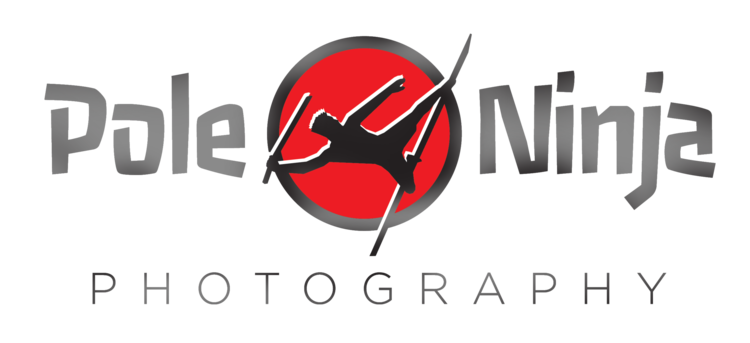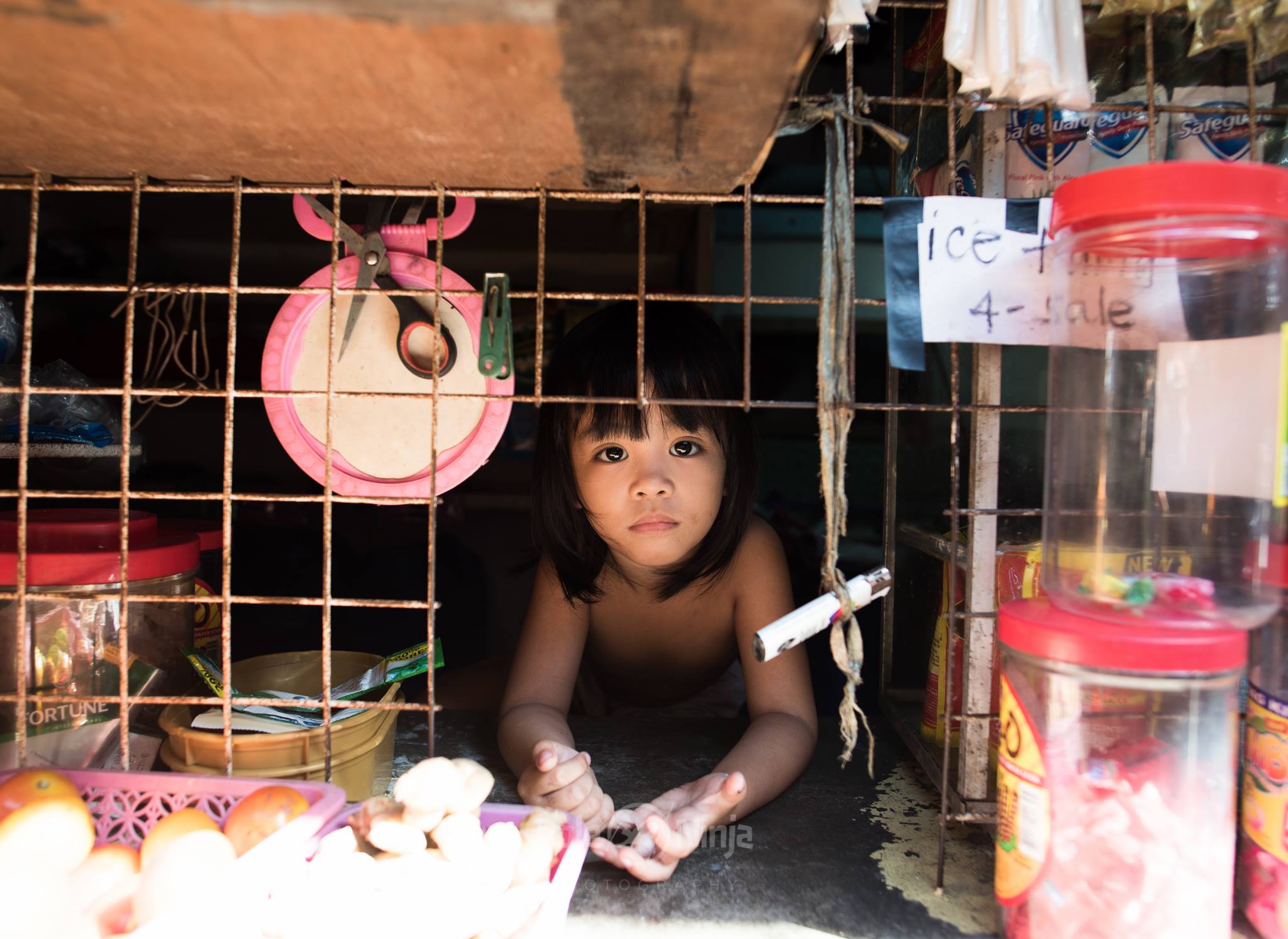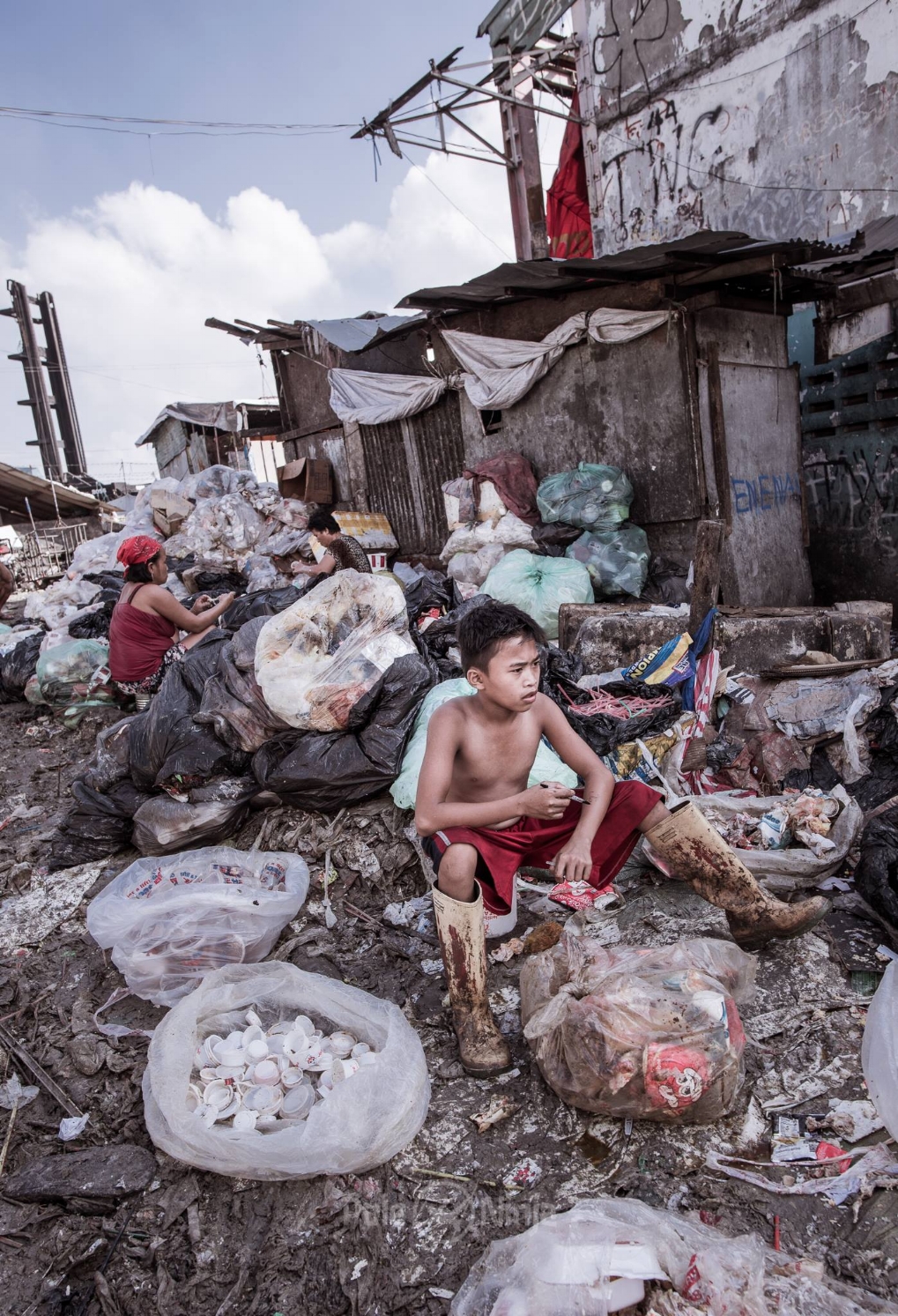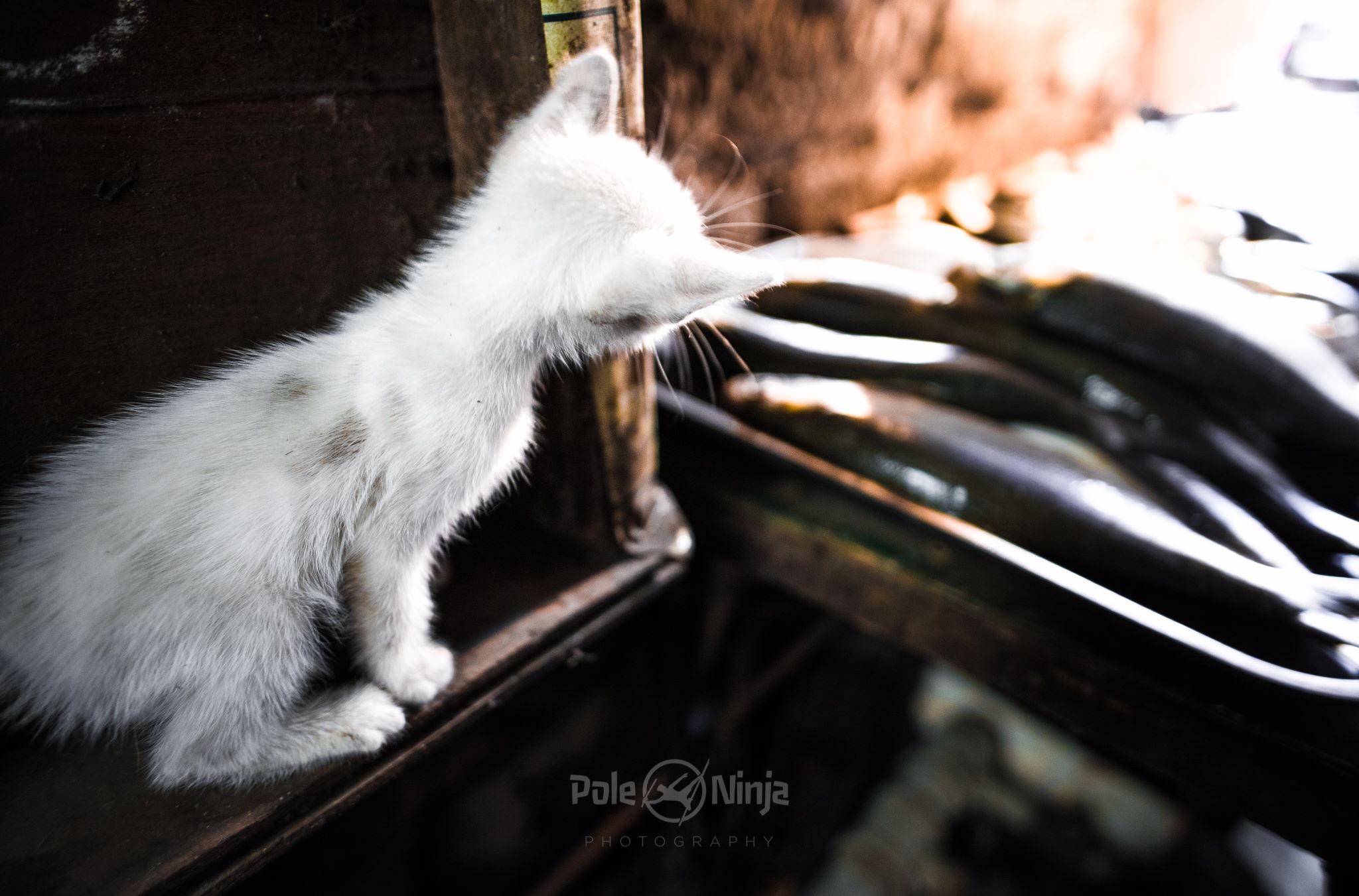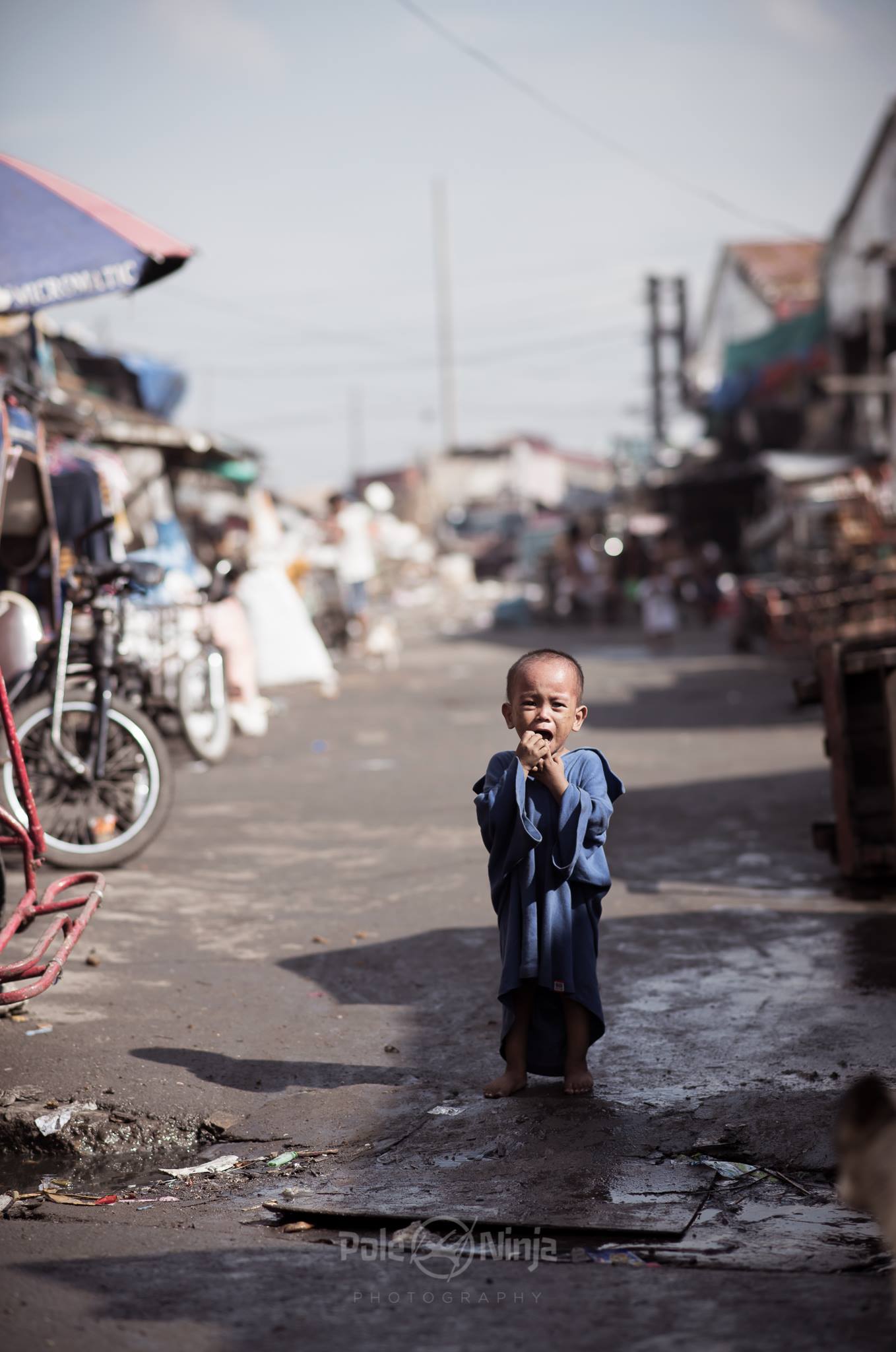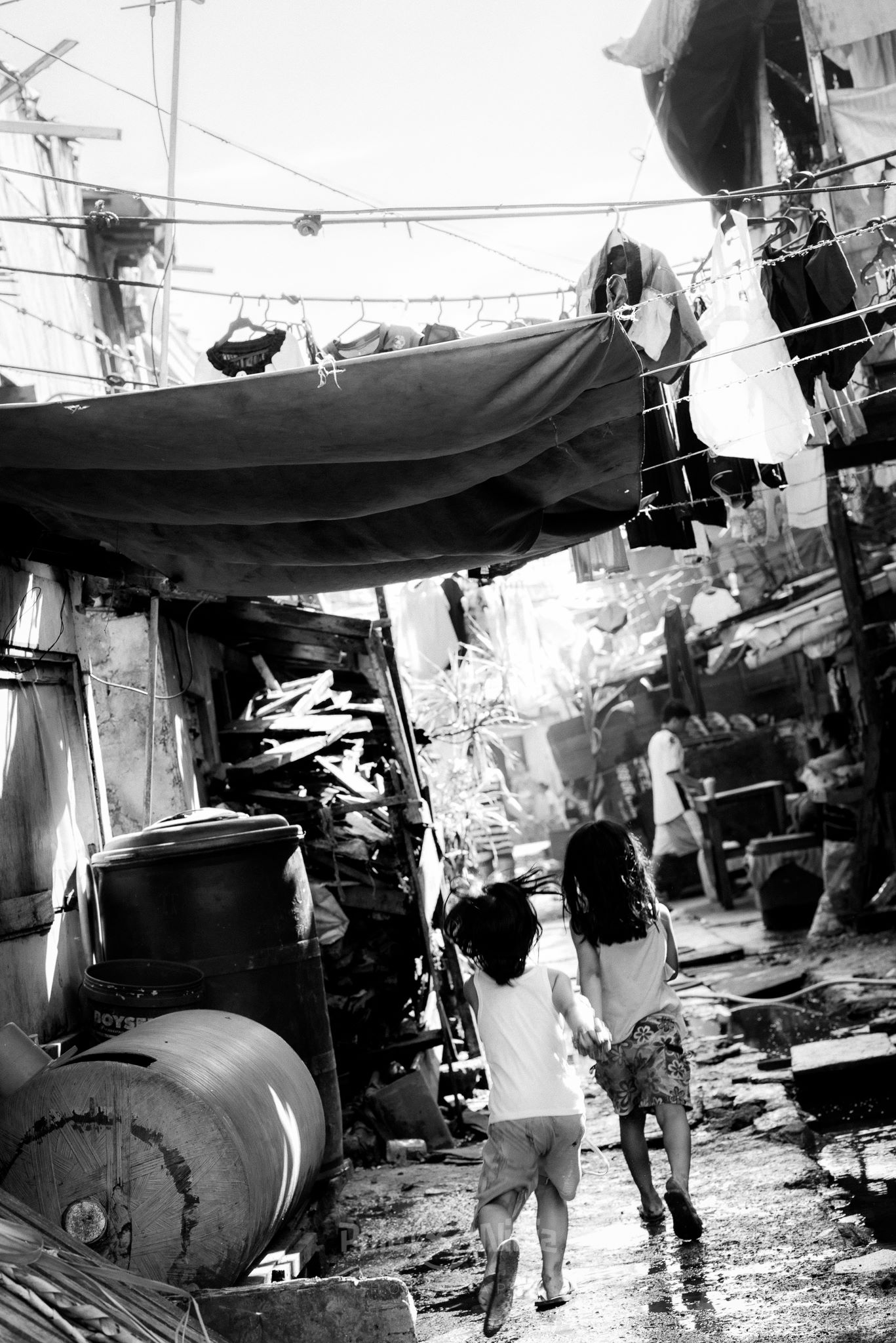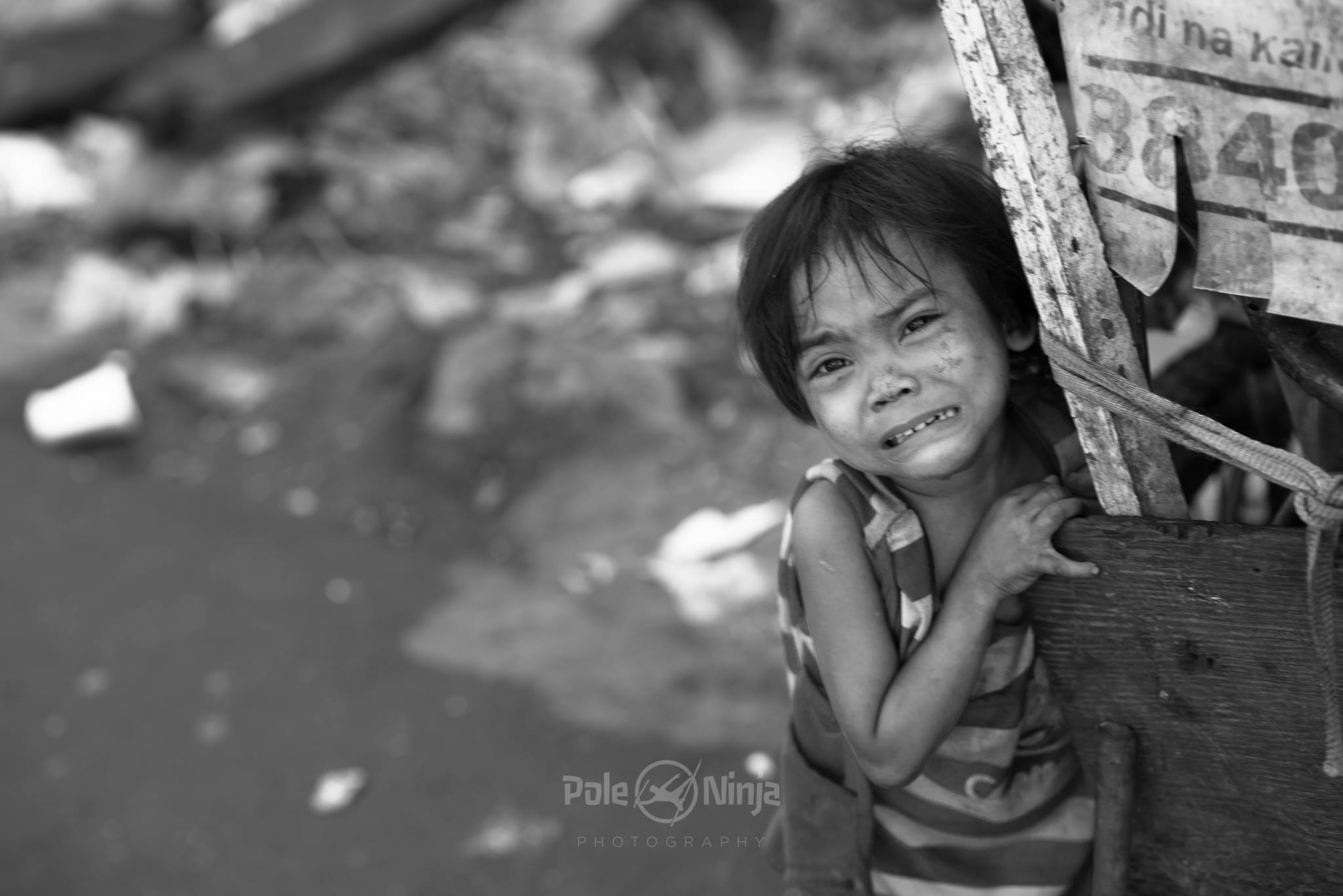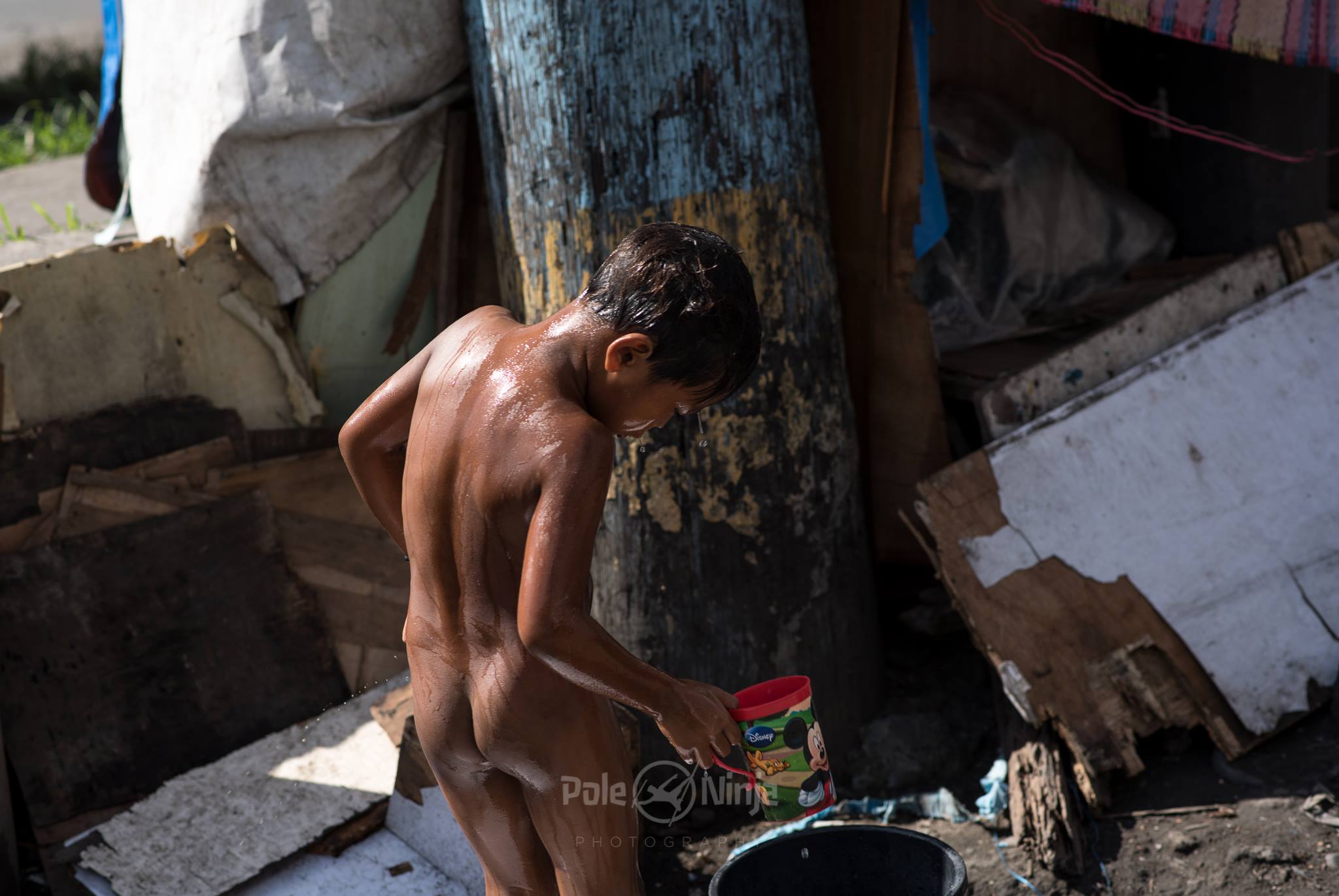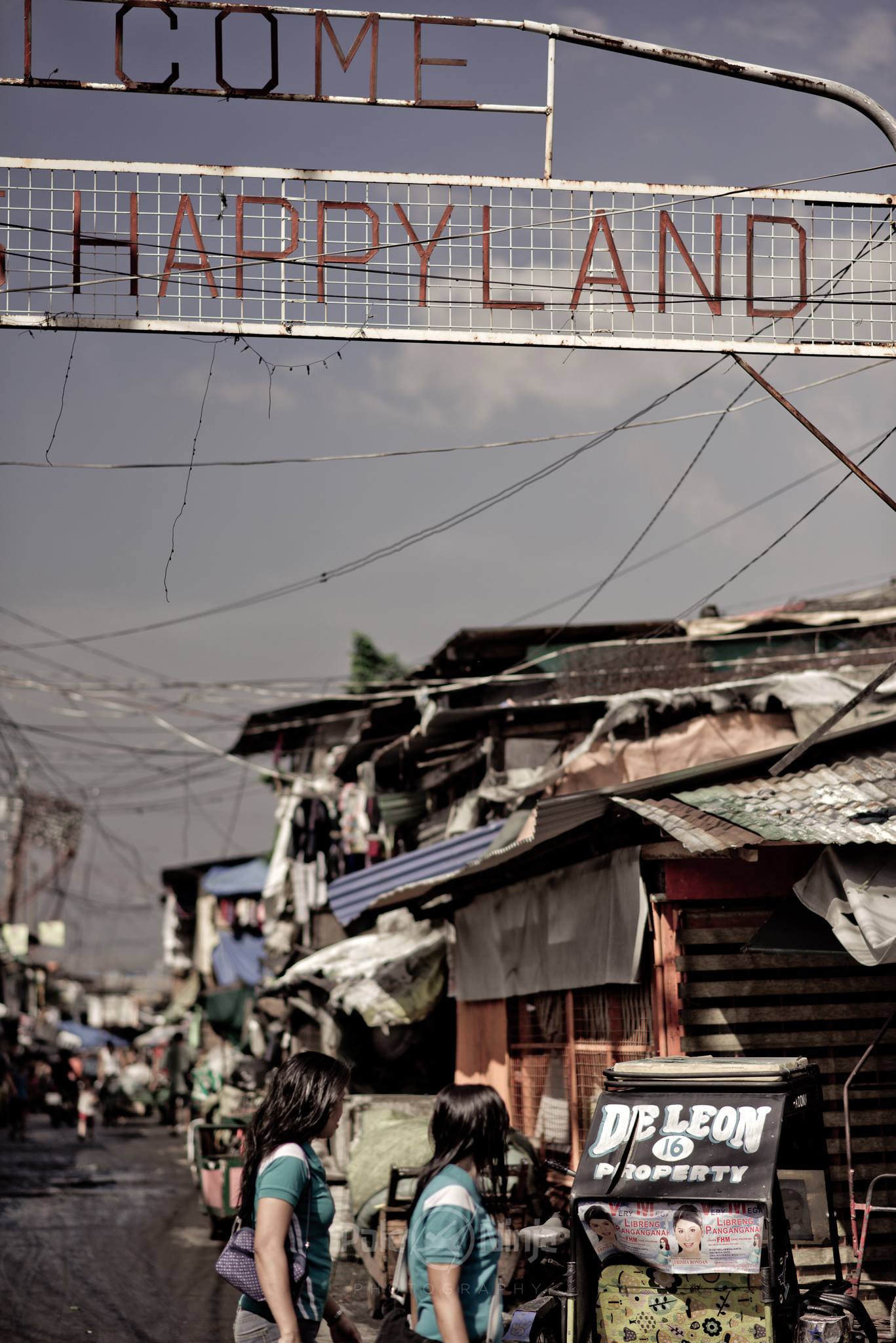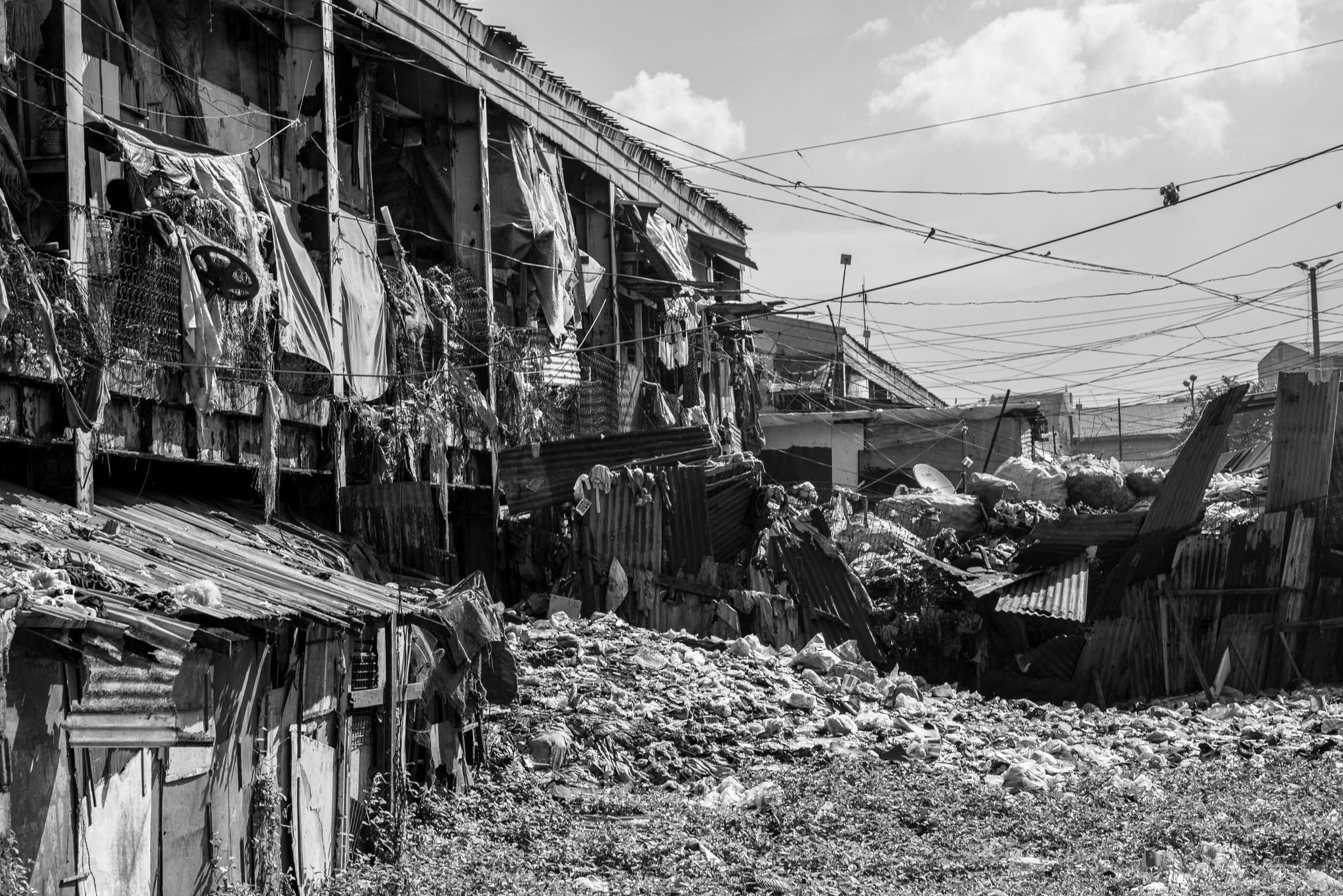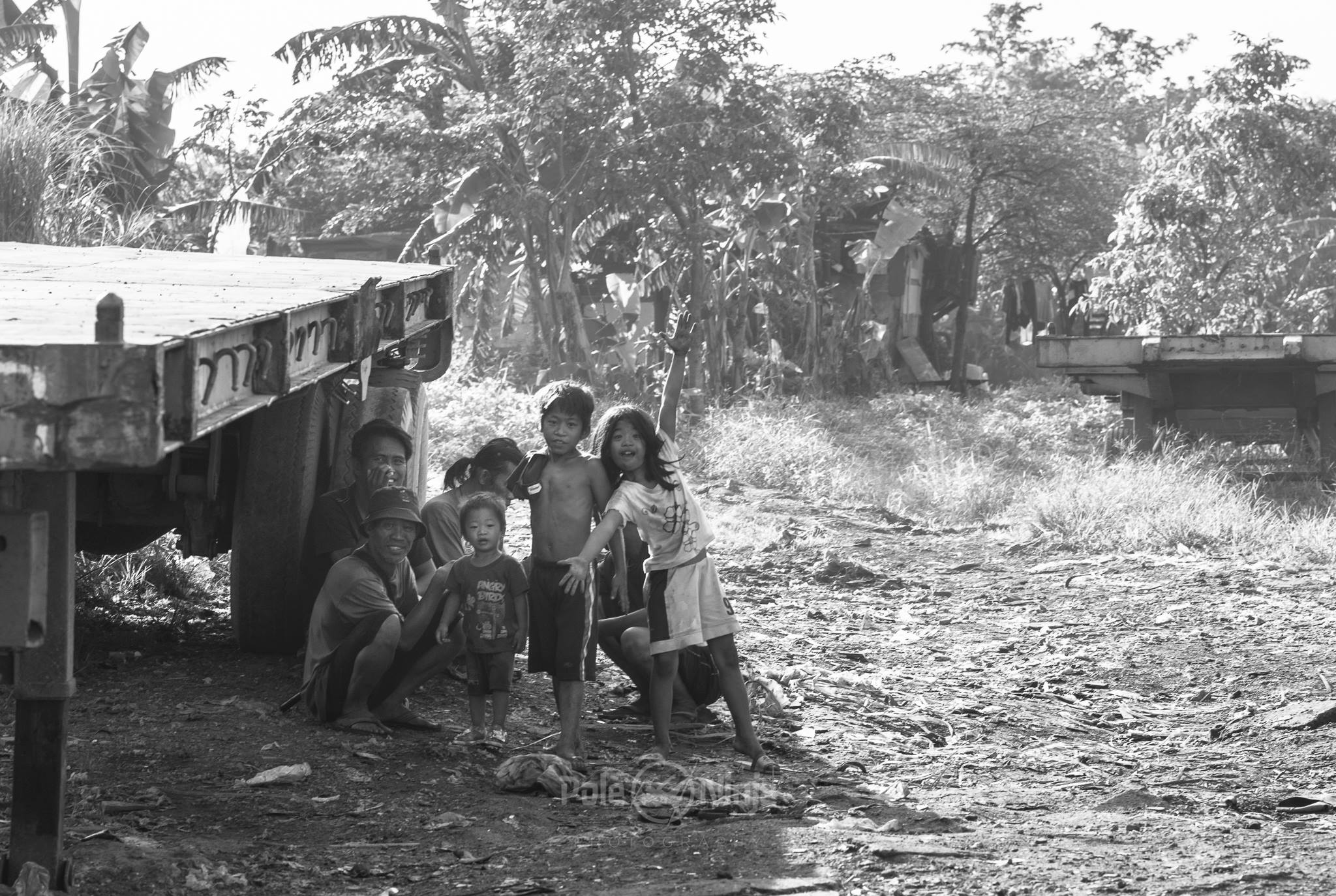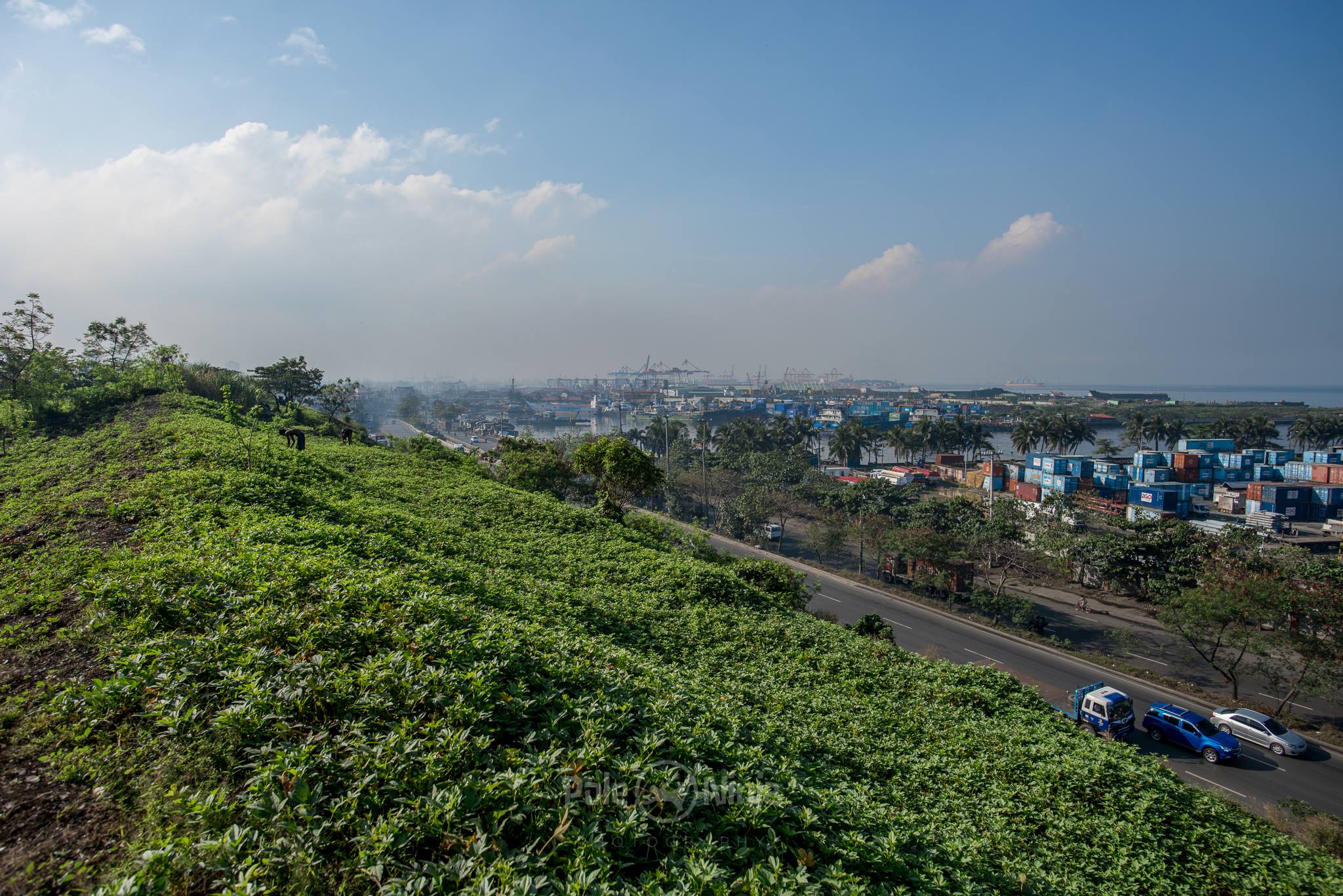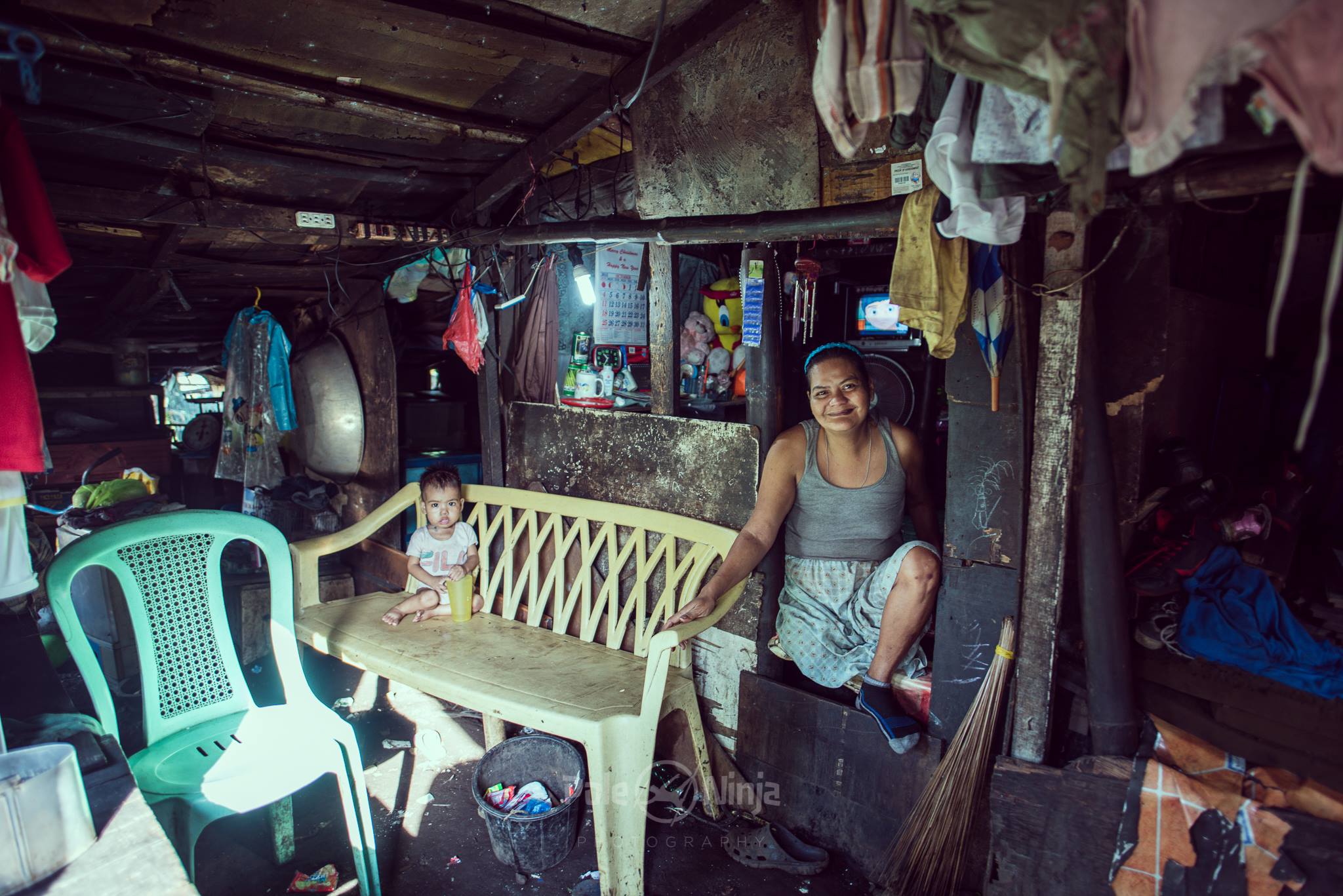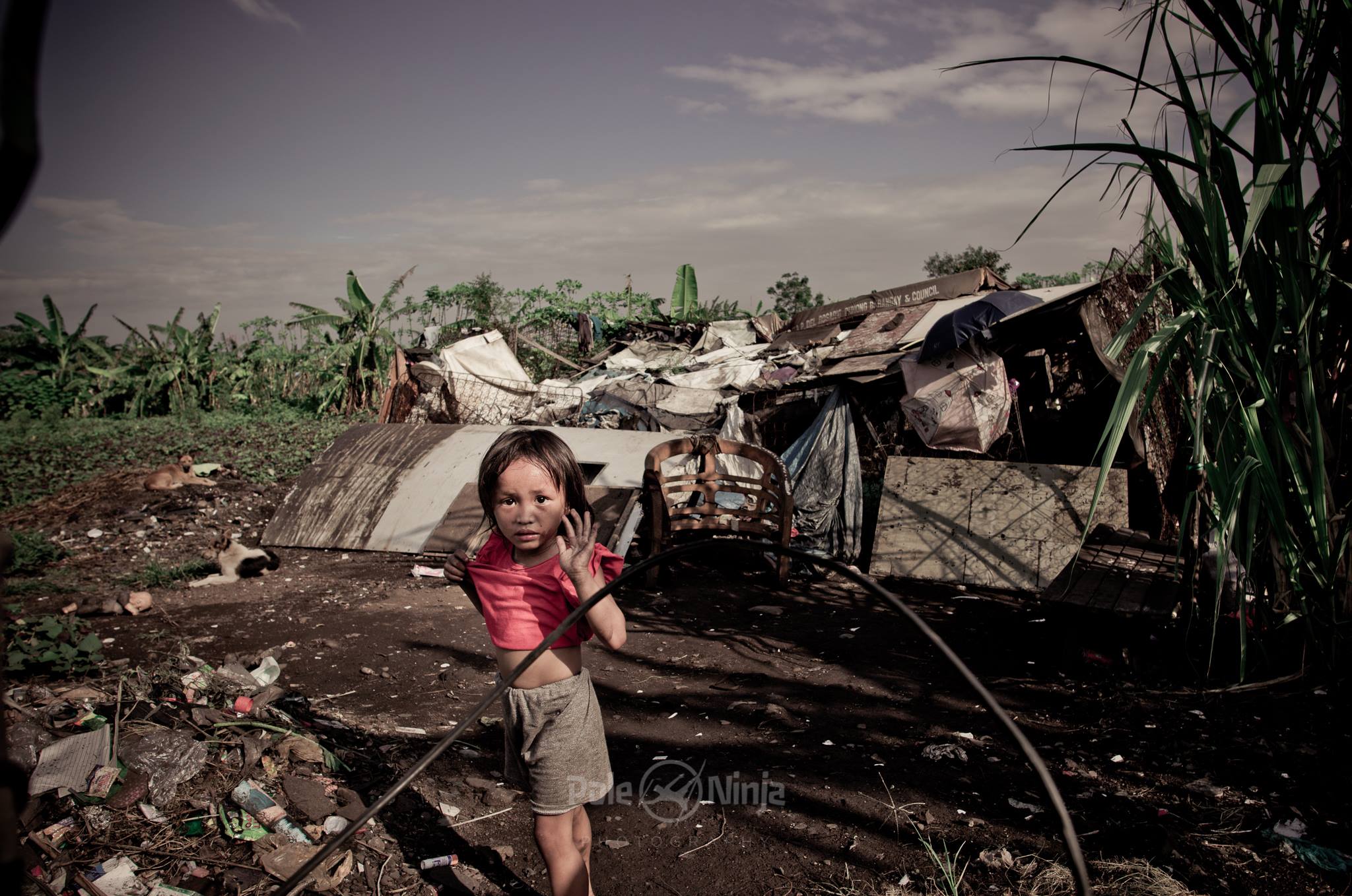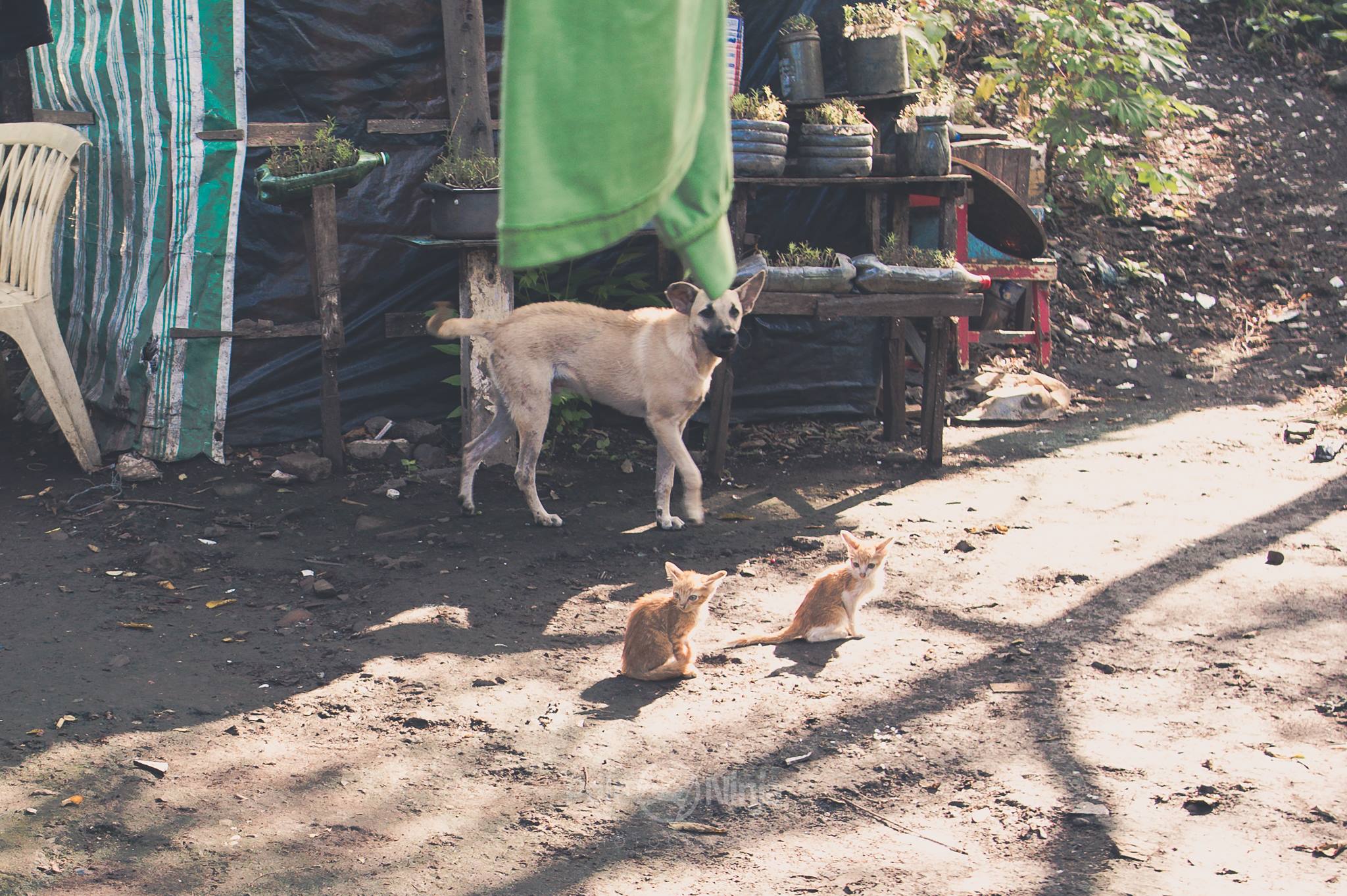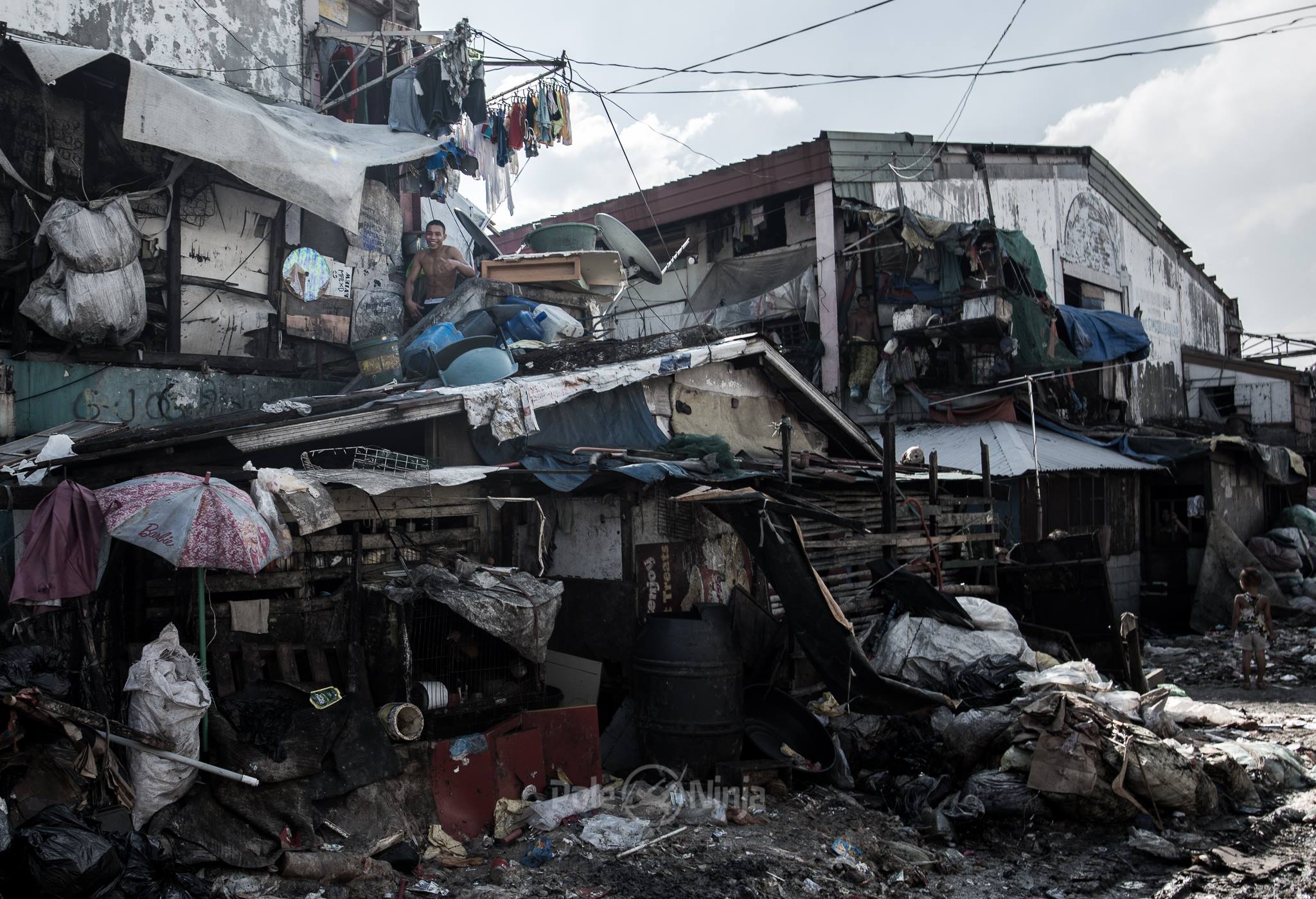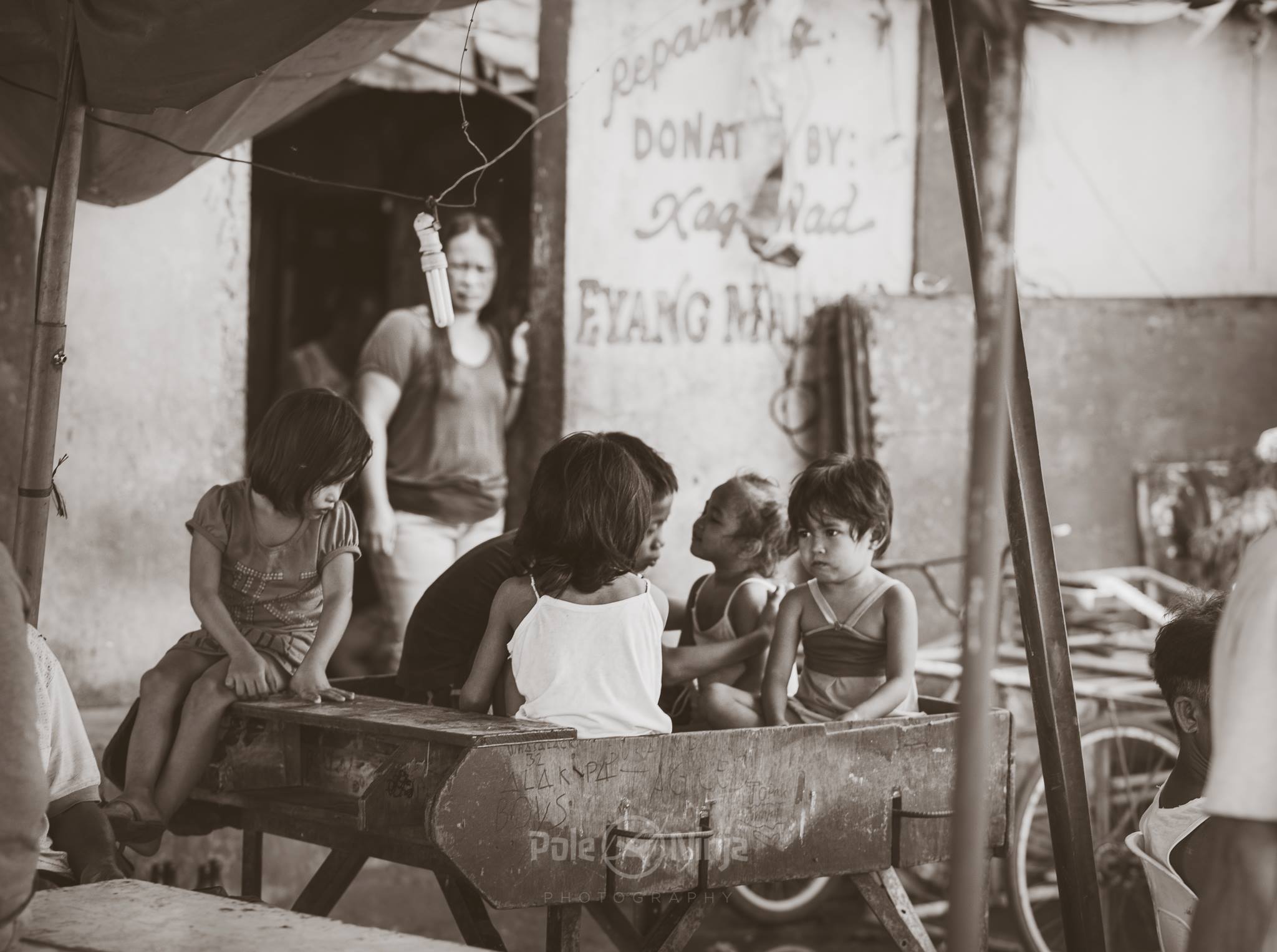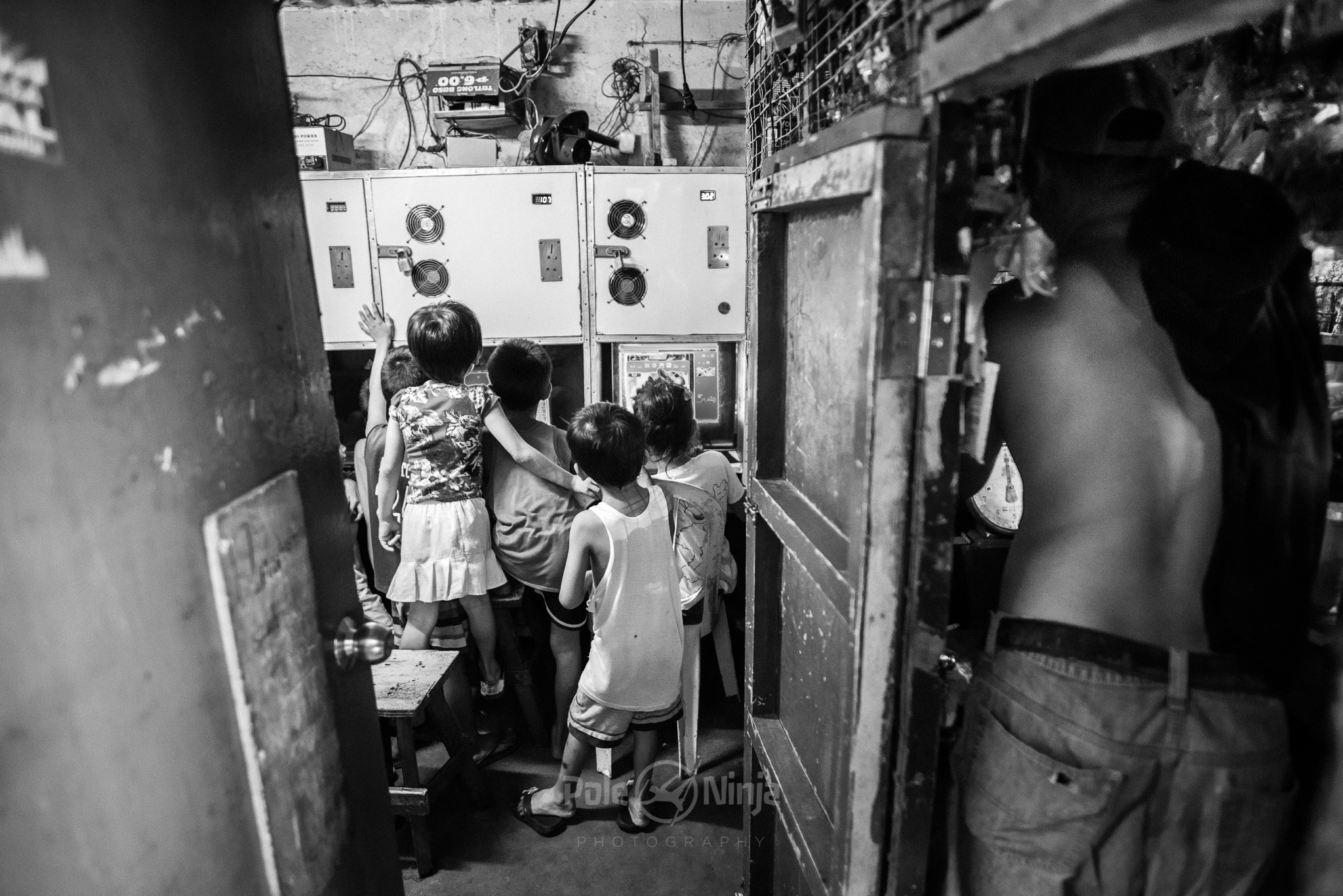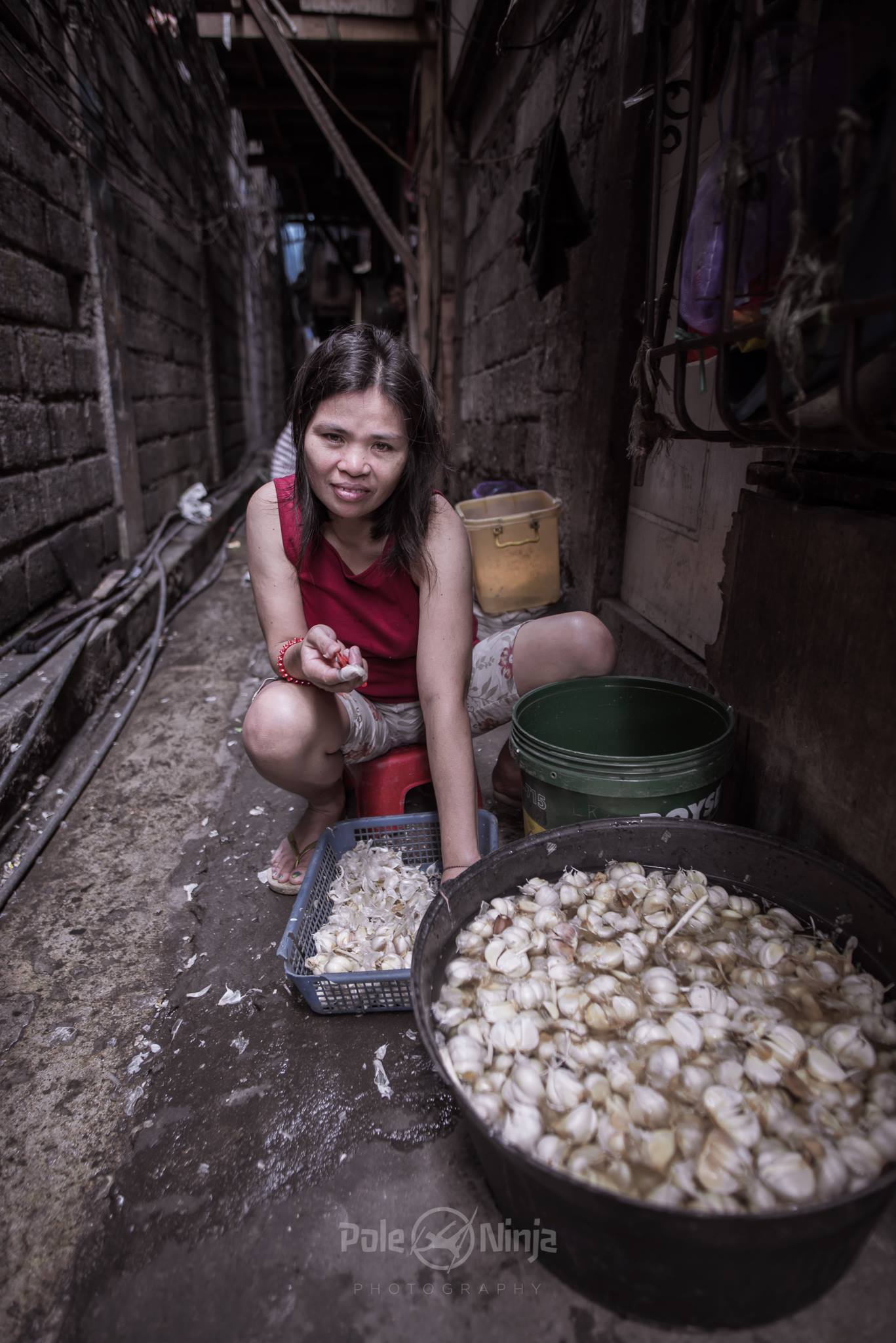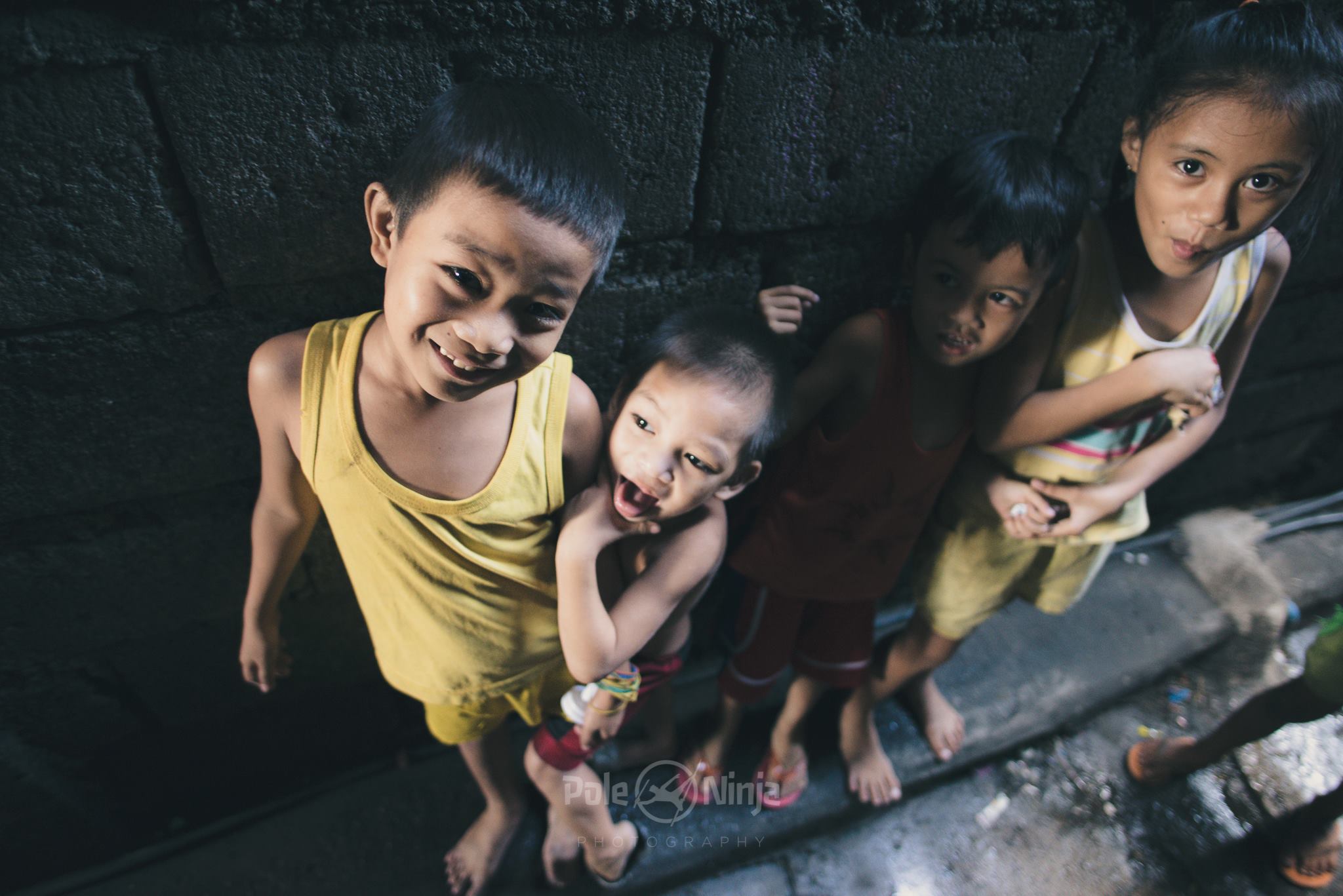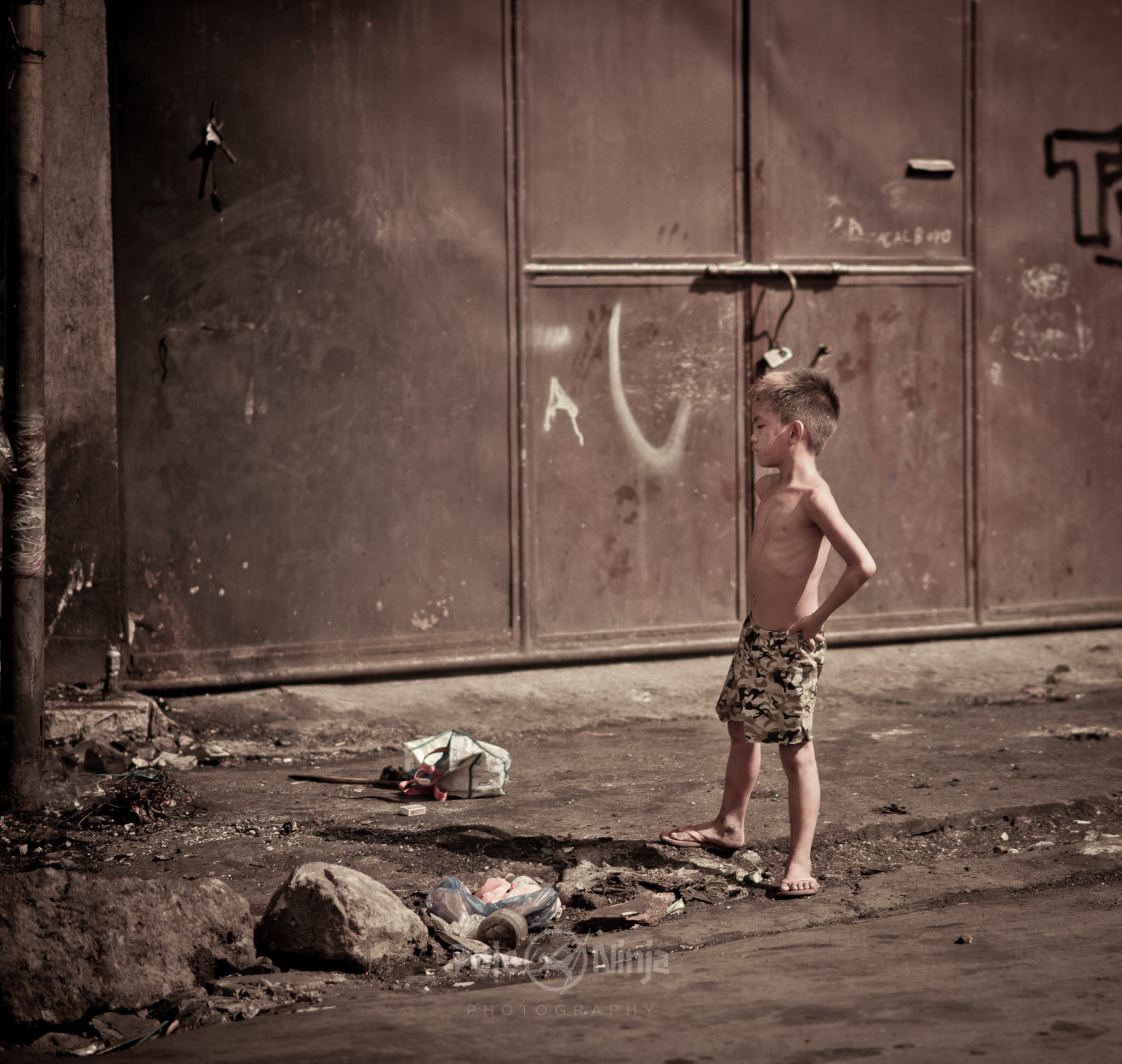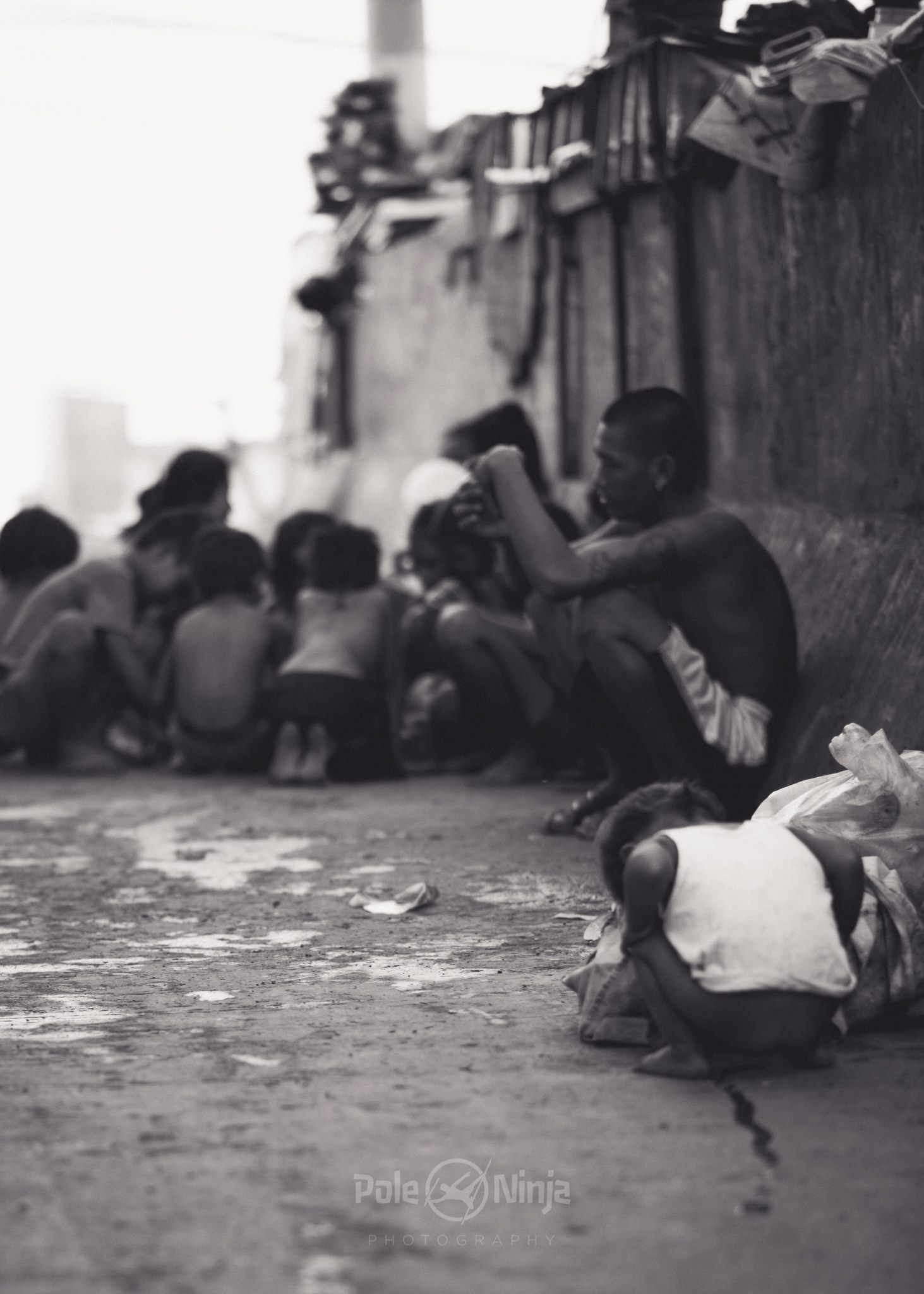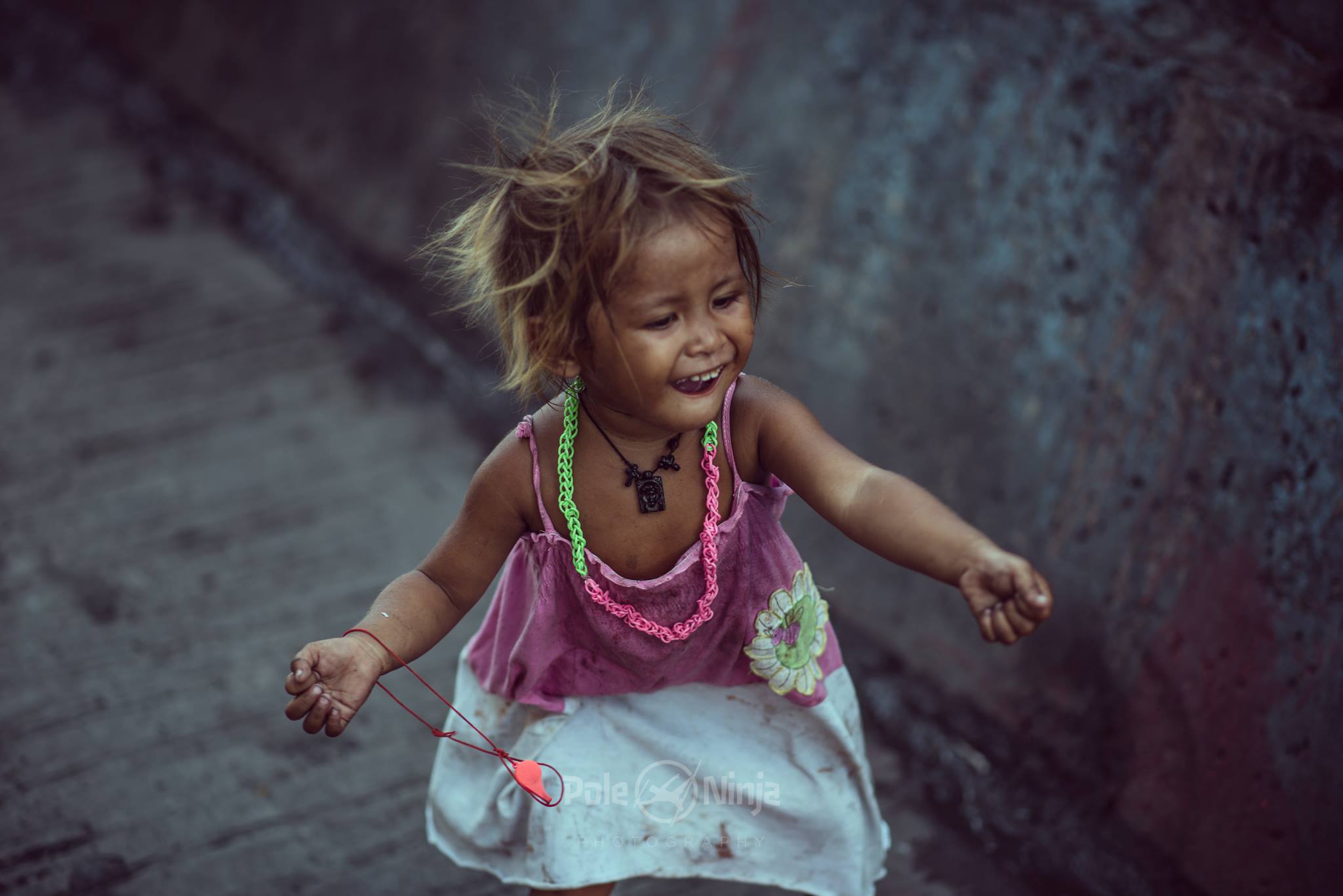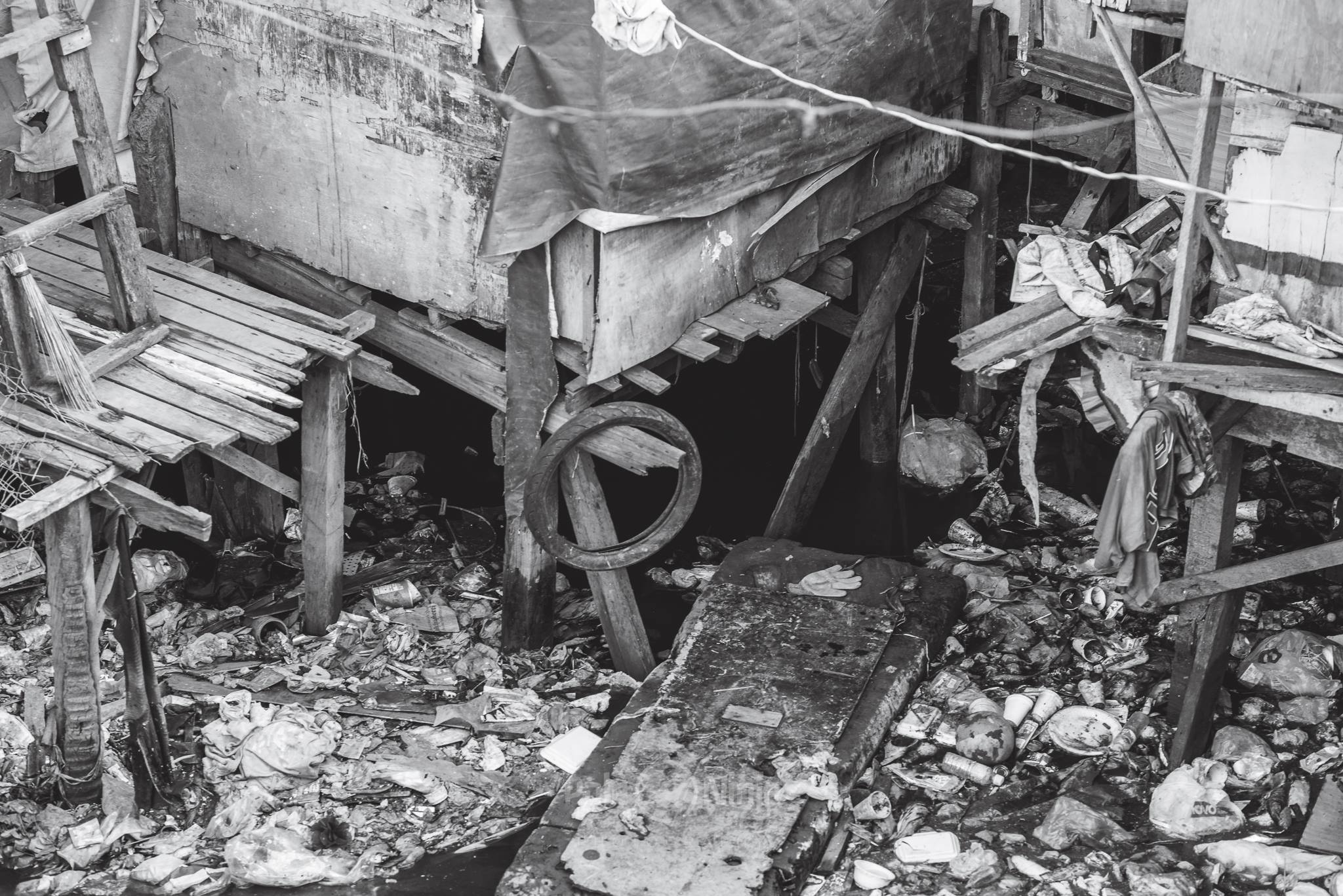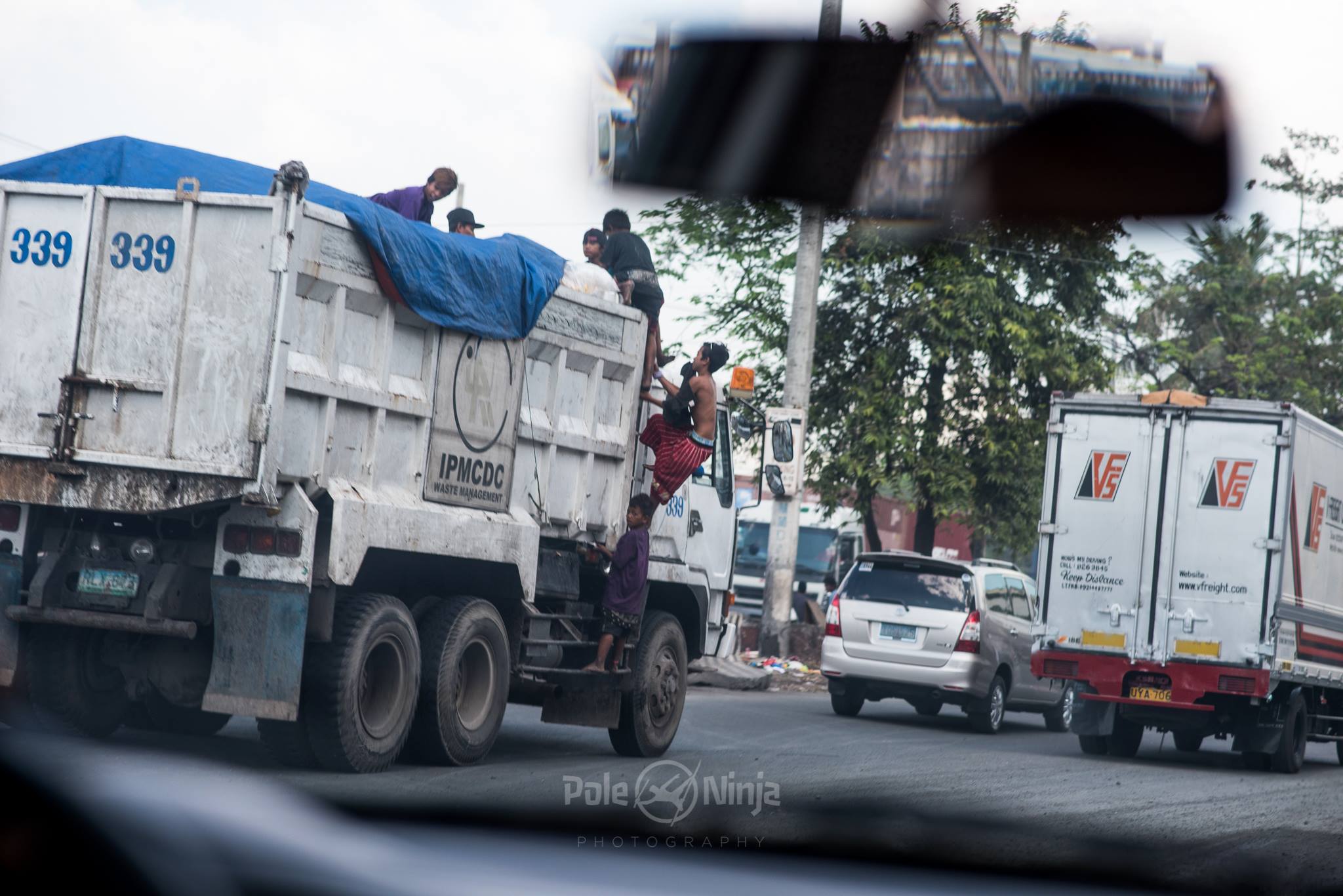This is a very special album to me, for many reasons. I hope you take the time to read and join me in this experience.
The backstory:
To get these photos, we had to jump through a few hoops. The government isn't thrilled about photographers documenting this area, and even visitors are carefully regulated; it took some work to learn what we were dealing with. To summarize, Jennifer Kim had posted some time ago about her visit to a place called "Happyland". The slums. The people she described were extremely poor, and yet they seemed so happy and friendly. She said it gave her a lot of perspective--that seeing the slums was the highlight of her trip.
We had to visit for ourselves.
Marlo and I managed to, after several days of figuring out the system, hire (bribe) a local authority of the slums who had some "connections" (more bribing) to allow us access...with a camera.
To me, this was the shot that made the entire journey worth it. This young girl, in the middle of the slums, peeked through the store window. I barely got the shot off before she was gone, like she was never there.
The stores are relatively few, and what they sell is almost entirely scavenged. But in it is the microeconomy that could seed the beginnings of something more, someday.
Men, women, children all dig through the trash, looking for scraps of meat. KFC is great for them, and they often strip that meat, clean it, and sell it again. Besides eating it themselves, most go out and sell the recovered food at street carts. We were given the opportunity to eat some of this, which they called, "pagpag."
I think this was the most food I saw the entire time through the slums. And of course, the cat was adorable.
I thought this kid looked like a monk as he came running forward toward us. As with the other picture, I don't know why he is crying, so please don't make assumptions. But I did feel bad for whatever his plight was.
There is very little room, so they've made these houses on stilts that sometimes are threatened by rising waters. But as dangerous as it is, especially under the bridges, they still do it.
Sorry for the blur, but yes, as children are, they can cry. Though this looks like a poster for feed-the-children, I don't think this is why she was crying at the moment.
Since space is such an issue, bathing in public is quite common, using a cup of river water or still water. You can't see in these photos, but many families are living close by this shot out of concrete cylinders--sewage drain pieces, I think.
This is not happyland, but the old trash dump site where a few families still live. It's called, "Smokey mountain." It was called that because they would burn trash as a method to get precious metals from scraps.
Smokey Mountain. It used to be as jam packed as Happyland. Here's a link to what it used to look like: https://www.google.com/search?q=smokey+mountain+philippines&espv=2&biw=1424&bih=757&tbm=isch&imgil=_Xvg0_pRp2FBmM%253A%253BQVI9RtLkiPAnAM%253Bhttp%25253A%25252F%25252Fwww.pbase.com%25252Fimage%25252F106900232&source=iu&pf=m&fir=_Xvg0_pRp2FBmM%253A%252CQVI9RtLkiPAnAM%252C_&ved=0ahUKEwih6aablrnKAhUW9GMKHZ5TDIsQyjcILQ&ei=iOafVqGFJJbojwOep7HYCA
This woman in Smokey Mountain invited us in and offered us coffee. We politely declined, but she was very friendly.
Charcoal is one of the ways they make money. I didn't quite know how it worked, but they seemed to make the most out of charcoal, plastic, metals, scrap wood, bed springs, garlic, etc etc. Micro industries, really, run by the hard work of the people in the slums.
Often we'd see kids playing in or sleeping on tables that looked like they used to belong to some industrial machinery. Seeing a kid passed out on a sawblade was an interesting sight.
Okay, so computers. They have old computers, and pretty much internet cafes. Yup, Internet cafes in the slums. They charge something like 1 philippino peso for 7 minutes of play time. So while you walk the streets, you see kids watching youtube and playing first person shooters. They knew american pop culture better than me! They'd come running up, singing taylor swift and at first it was really confusing. Btw, one peso is like 2-3 cents.
Garlic is a huge thing here for income. They peel garlic for 5ish pesos per hour, and there are kids and women everwhere doing this work. I wondered if the garlic ended up being part of why they seemed healthier than they should be (antibacterial/fungal/viral properties).
The kids often would come running up and grab my arm or Marlo's. They'd yell, "Daddy daddy daddy!" and remark about our muscles. It was quite cute and eye opening, how we appeared to them.
Outside of the slums direct are families that live on the streets. They are really everywhere. More on that in other photos.
Kids tend to gather and play. They were playing cards and dice-like games. Public urination and defication is common. I saw on several occassions kids and adults taking a dump on the side of the road, or letting a stream out just facing a different direction. Something interesting about this street, though:
To the left of this photo is the government official's mansion. To rule over an area, you have to live in it for a certain number of years in order to understand the district you're determining laws over. So often, the official simply buys a house and never lives in it.
When you live above a river, you get a latrine built-in....until the waters rise and flood your house with sewage and waste, and destroys your home. The government actively prohibits this kind of building, under the bridge, but people do it anyway due to space. We were able to walk through a few of these where we saw, honestly, such skeletons of people moving at such a slow rate that I felt like if it did flood, they wouldn't be able to move to get out. This section was heartbreaking, and I chose not to photograph out of sensitivity for the situation.
General info:
The area is occupied by around 33,000 people, 2/3rds of which are children (thus the many kid pics). Birth control is not allowed due to religious organizations influencing the government. The people here earn perhaps a dollar a day (more details in the photos). They do have facilities for education, but often don't take advantage of it. Electricity here is more expensive than most places in the world, particularly because stealing electricity is very common so the companies continue to raise the prices, thus--there isn't much electricity minus a few intriguing exceptions. There isn't much running water, mostly still water which is quite dirty. They make efforts to acquire purified water. They do bathe frequently, though, even if the water they bathe in often is the water they also eliminate in. Honestly, if you saw most of them in the mall, you wouldn't be able to tell them apart from the average citizen, despite the huge income gap.
Happyland is an entire economy built on a trash dump. People primarily scavenge to create a living. It is extremely dense and hot, yet the smell seems mostly contained to the trash itself. Everything about Happyland encompasses the very meaning of the word, "resourceful".
While you walk through the warehouses that were built by the government, or the shanties thrown together by scavenged trash, the light changes dramatically and it is like walking through sudden tunnels and tunnels of some maze made out of trash and ruin and light--.
The people:
So happy. These people were indeed friendly, and I never once felt threatened. Perhaps it was because of our guide that we were so safe, but I felt as if no one had anything beyond curiosity behind their eyes. I'd like to think that the innocence and simplicity of the community was the cause of their general joy. Sure, they had parasites, diseases, starvation, poverty, and lack of basic needs, but the happiness somehow made more profound the idea that we "civilized" are the bankrupt. I'm happy to admit that I cannot judge on a cursory note, though, so I don't want to make any claims. That being said, this was just the beginning of the internalization of what I was seeing.
The most surprising thing, though, was that we weren't asked for money once. Perhaps it was because it was their home, and not the streets where most begging happens, but I WAS walking in there with a camera that quite possibly was worth more than they'd earn in a lifetime. Everywhere I looked were people working, trying to feed themselves, and yet they didn't beg or look at me with envy or spite.
We learned that drugs really aren't a problem--after all, they can't afford it, however GLUE addiction is a real issue. This was one of the most interesting things I learned. There are interventions to reduce glue addiction in adults as well as children.
One other interesting thing is that you will hear pop songs being sung and hummed by many of the inhabitants all around you as you walk the slums. Many of them watch youtube, and they hear and learn all the most popular songs. Just the same, you might see an antique that is probably worth quite a bit of money. A nintendo or old mac computer. But you are watching them break down these machines in order to pull what materials they can out.
The photography:
This was tough. Not only because of my own experiences and thoughts, the realization of simultaneous privilege, discomfort, and desire to help as well as the realization of being absolutely ignorant--there was also a strange bit of jealousy... The purity of struggling for survival and making the best of what you had. Though I am not actually envious, nor would I choose the life they live, I had to appreciate the beauty of spirit that I was seeing. The strong community.
Anyway, on the photography side, this was also difficult. Both in the shooting of (such dramatic changes of light, and extreme ranges of exposure everywhere I looked), but also in the sensitivity part. I don't want these people to be put on display. My mission is not to say shallowly and without thought, "Oh look at the poor pathetic people! Let's do something!" I wanted to document what I saw, and try to understand more about this culture that was so foreign to me. So please, don't say, "this is so sad." Please respect what you see here, and respect the people and the hard work, and despite the simple lives, respect their complex emotions. Lastly, respect all the people already trying to make a difference. The problem isn't as easy as sending them a bunch of money. There ARE organizations actively trying to improve the situation, and if you truly desire to help, you should reach out to them, first.
Lastly, I always shoot in a style that is "artsy". That being said, I've also wanted to do something journalistic and extremely real; I'm one that wouldn't mind, honestly, putting myself in positions of danger in order to document something. I'm not a purist in believing that completely unedited photos are the best expression of journalism, and I won't go into it, but I tried to be careful not to put MY impression of the events in the photos as much as to represent WHAT I SAW.
I hope it worked.
